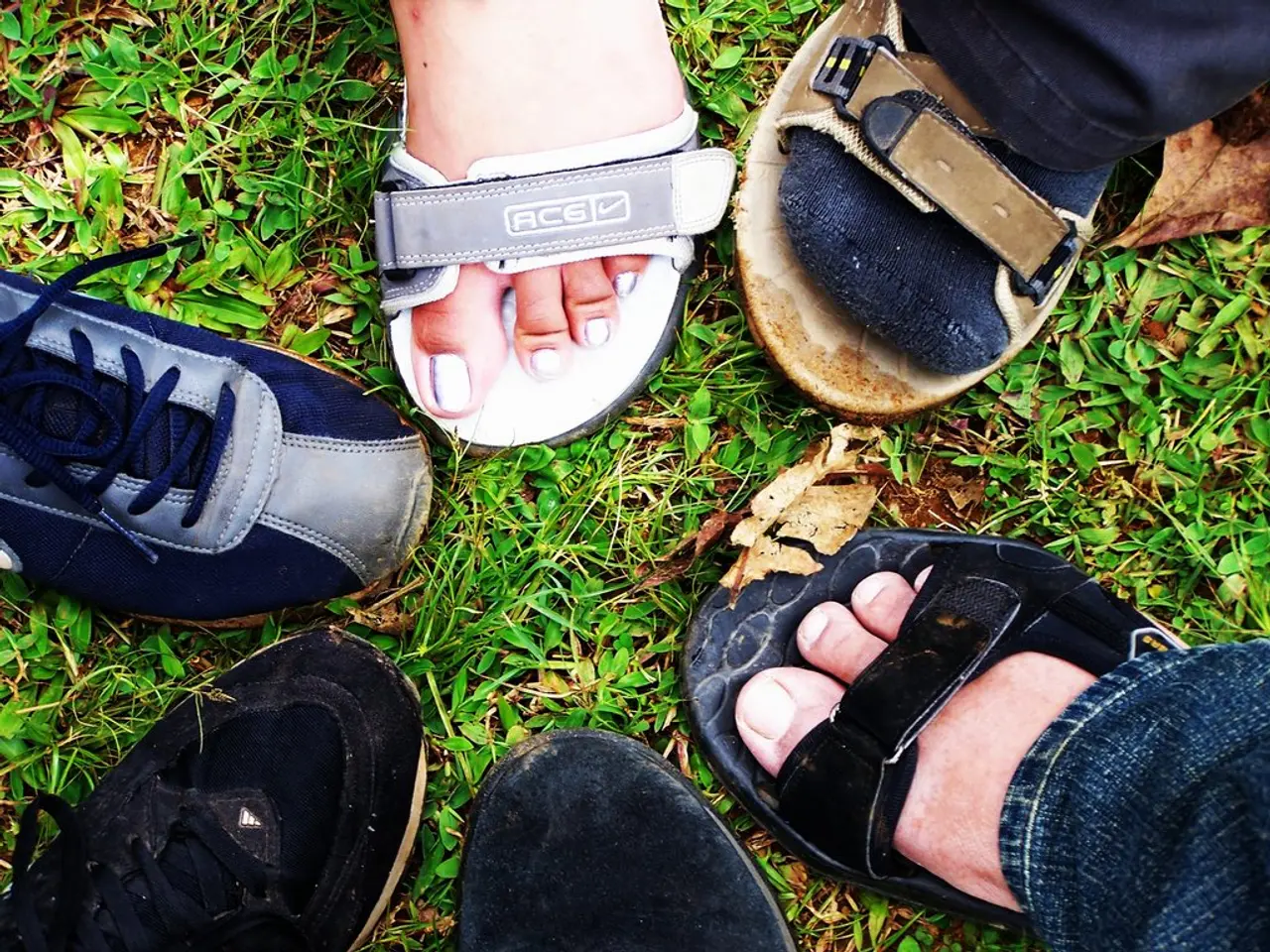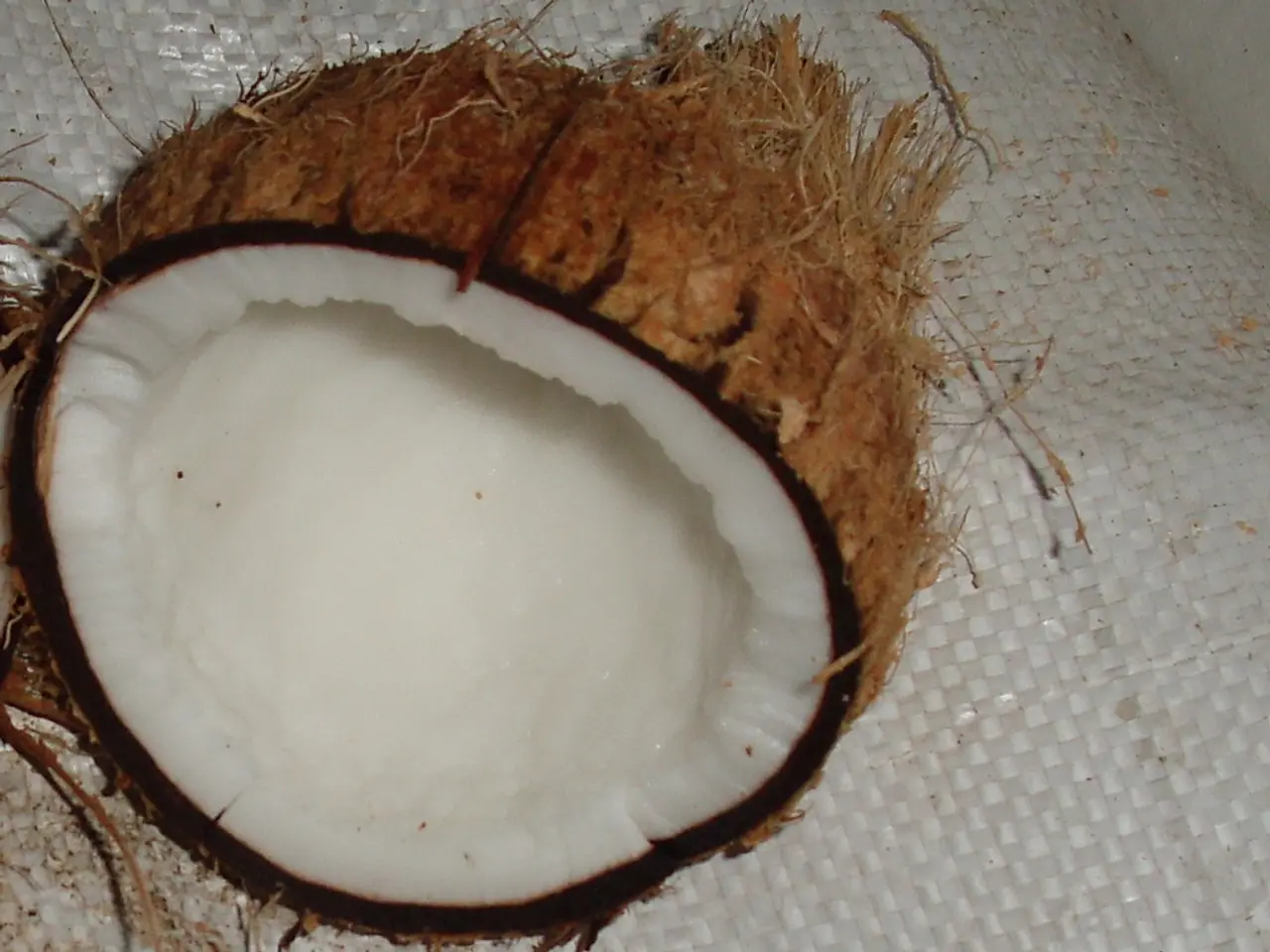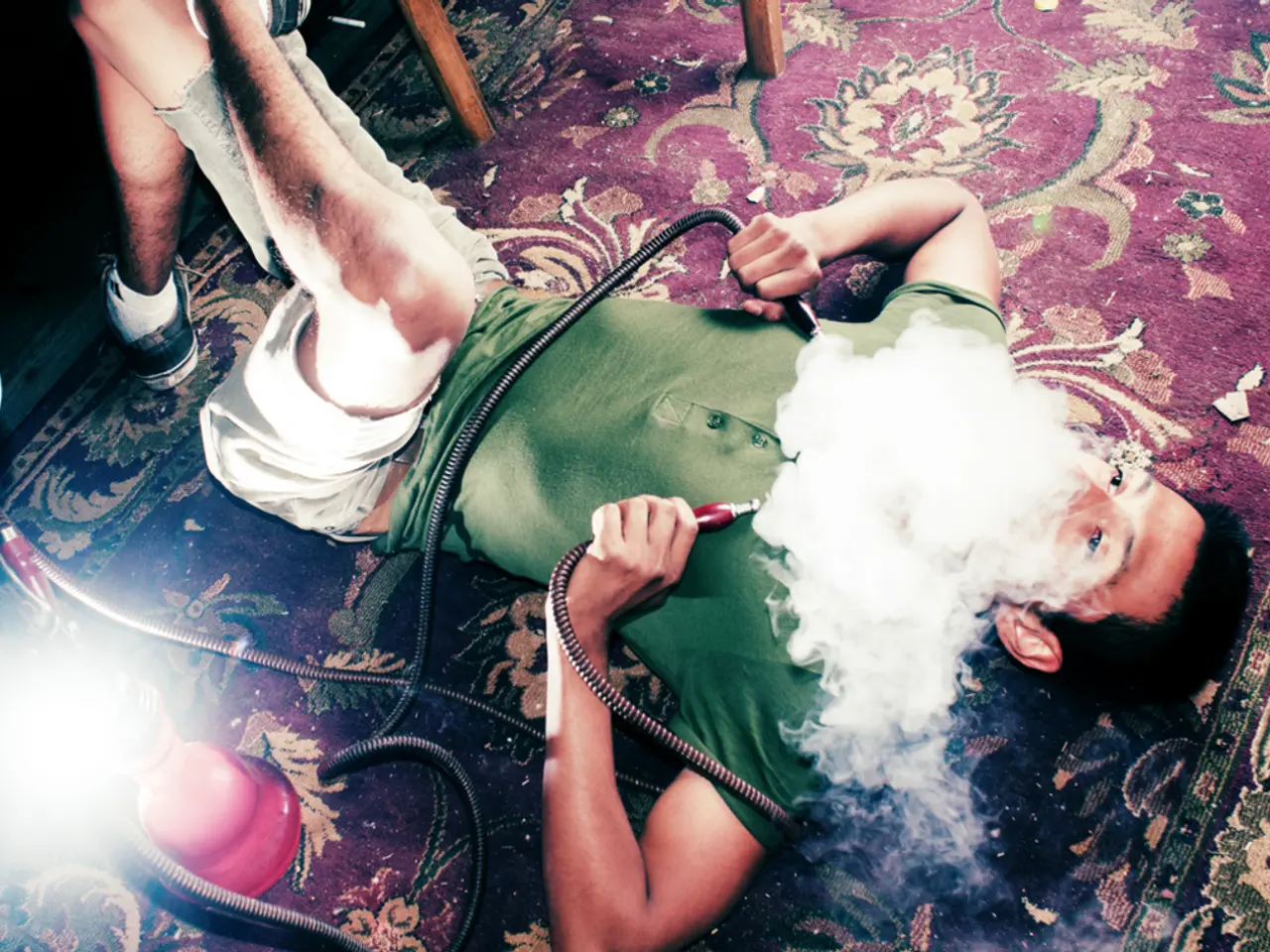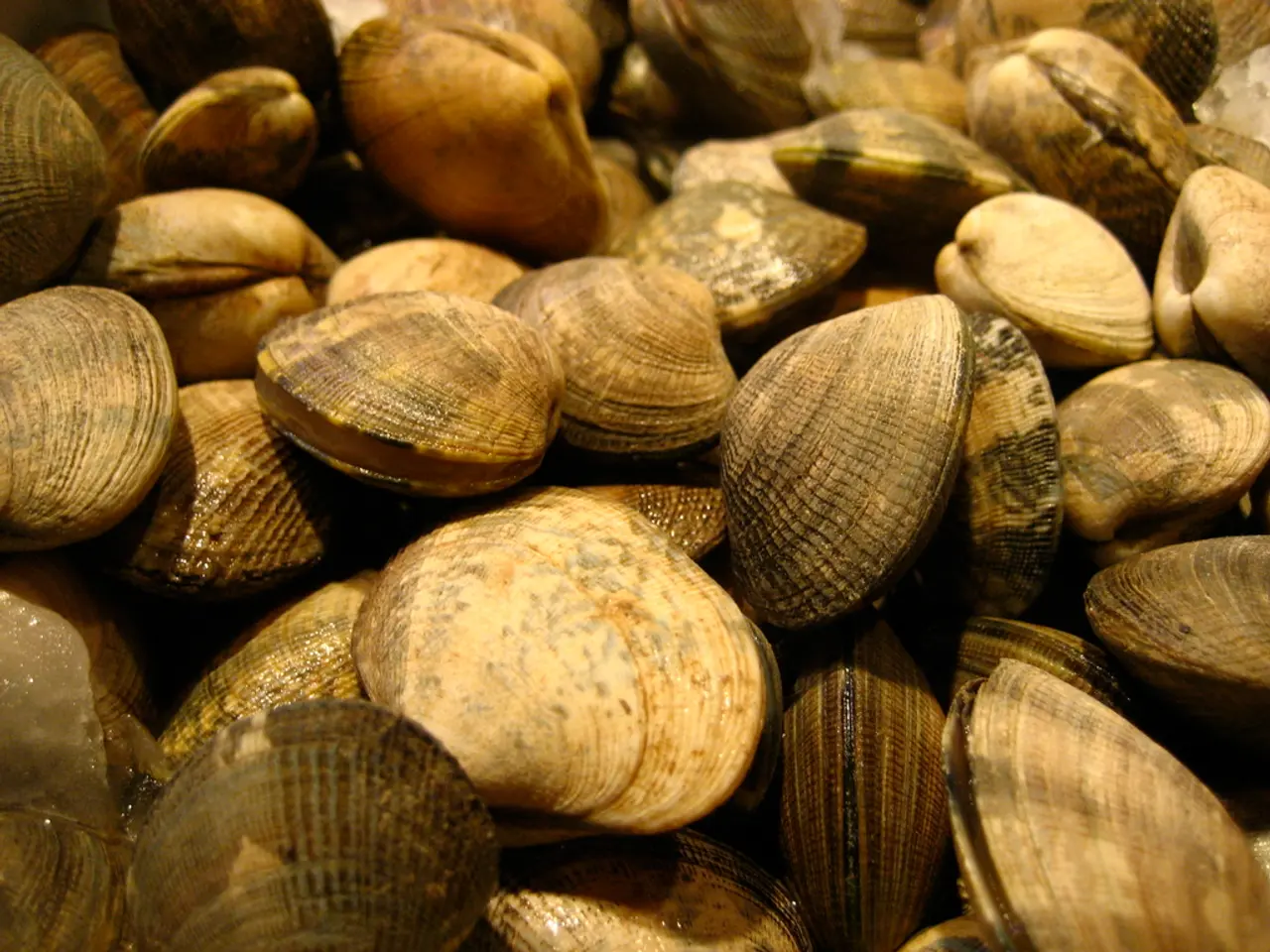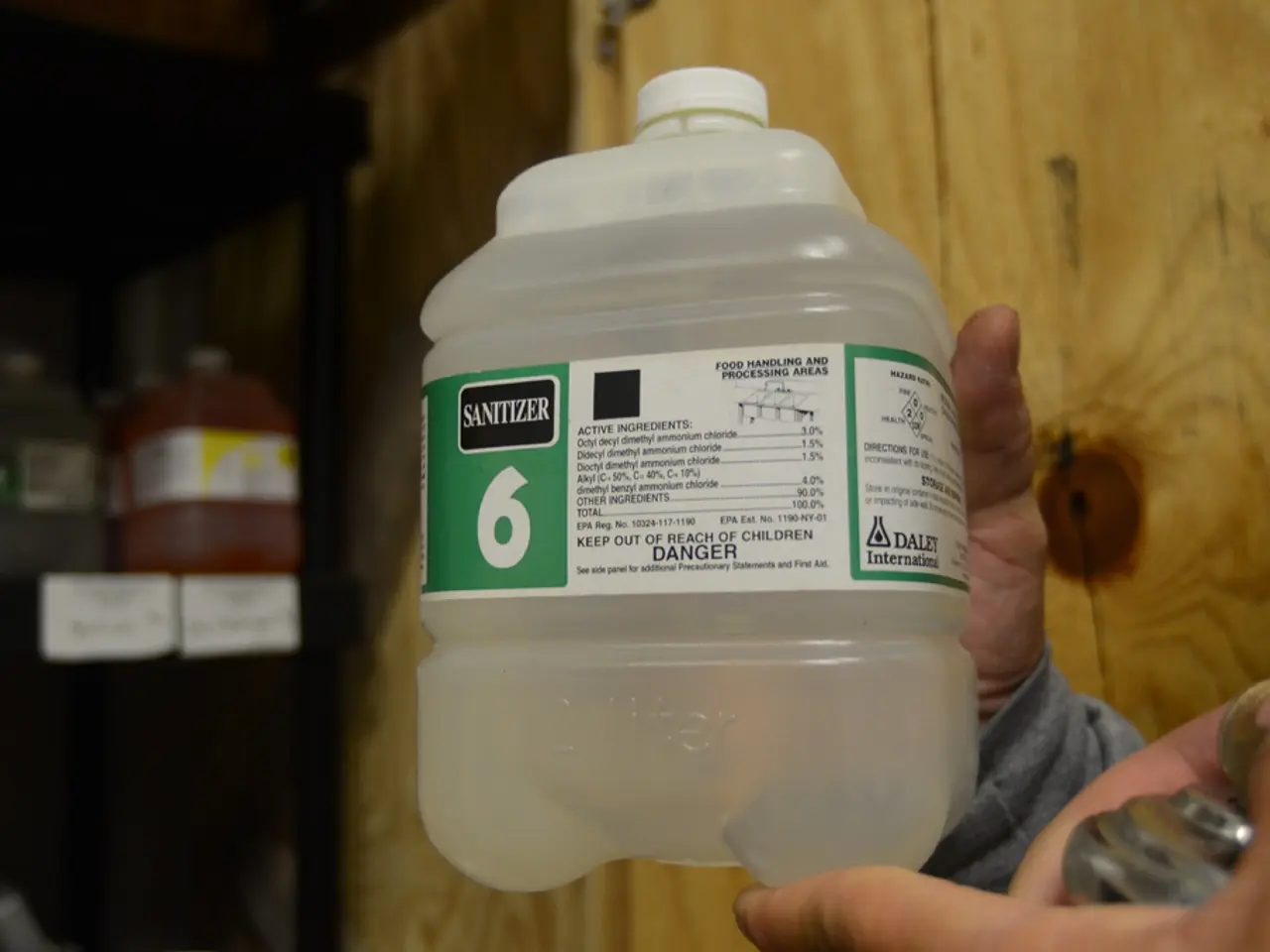Toe sprain: Signs, remedies, and healing process
In the world of sports, injuries can often derail even the most dedicated athletes. One such injury that impacts many football and soccer players, particularly those who play on artificial turf, is turf toe. This article provides an overview of turf toe, its causes, and strategies for managing and rehabilitating the injury to ensure a smooth return to sports participation.
### Understanding Turf Toe
Turf toe occurs when a person bends their big toe too far up towards the front of their foot, causing the ligaments to stretch or tear. Common causes of turf toe include playing sports that involve frequent stopping and starting, wearing high heels, walking in a way that puts excessive pressure on the big toe, doing activities that involve putting weight on the big toe for extended periods, wearing the wrong type of footwear when playing sports, and wearing footwear that grips the playing surface.
Turf toe injuries are graded by doctors from 1 to 3, based on the extent of damage to the MTP joint, sesamoids, and surrounding tissues, ligaments, and tendons. Grade 3 injuries are the most severe, requiring surgical intervention to repair damaged tissues and restore MTP joint motion.
### Diagnosis and Initial Treatment
To diagnose turf toe, a doctor will need to know how the injury took place, the individual's occupation, the sports they play, their choice of footwear, and whether or not they have experienced any foot problems before. A physical examination of the foot and, if necessary, X-rays or other imaging tests, may be carried out to rule out bone fractures, breaks, or other damage.
Initially, rest the foot and apply ice to reduce pain and swelling. Avoid activities that place stress on the big toe joint to allow healing. Milder turf toe injuries can be treated with pain management medication and physical therapy to help recover full range of motion, flexibility, and strength in the toe.
### Management Strategies
Use a turf toe brace or taping to immobilize or stabilize the big toe joint. Braces and rigid footplates (e.g., carbon fiber or steel inserts) restrict dorsiflexion (upward bending) of the toe, limiting strain while still allowing normal walking biomechanics. Combining an insole for daily activity with a brace during high-risk or rehabilitative activities is often recommended.
Non-steroidal anti-inflammatory drugs (NSAIDs) might be prescribed by a healthcare professional to manage pain and inflammation. Wearing shoes that provide adequate support and stability suited for the sport can help prevent worsening and protect the toe during return to activity.
### Exercise and Rehabilitation
Once initial pain and swelling subside, rehabilitative exercises focus on restoring strength, flexibility, and control of the toe and foot. Exercises like the Short Foot exercise help improve neuromuscular control and strengthen the muscles supporting the arch and toes. This foundational exercise promotes better foot mechanics and reduces compensation from other muscles.
Banded Big Toe Raises load the big toe under controlled conditions, strengthening the muscles around the toe and helping it tolerate force during movement. It also activates intrinsic foot muscles to stabilize the foot during activity.
Calf Raises/Heel Drops with Toes Elevated target the intrinsic foot flexors and calf muscles, improving overall foot and ankle strength, which supports toe joint stability.
Water workouts provide gentle resistance to build foot strength and flexibility without overloading the toe. Water's cushioning helps reduce irritation while allowing movements like walking and stretching that promote circulation and reduce stiffness.
### Practical Tips for Sports Participation
Always use appropriate turf toe braces or insoles during practice and competition to minimize harmful toe movement and reduce pain. Gradually return to full activity following the advice of a healthcare provider or sports therapist, paying attention to any signs of pain or swelling increase. Incorporate conditioning exercises regularly to improve foot and toe strength, potentially lowering the risk of reinjury.
By combining proper immobilization, targeted strengthening exercises, and sensible activity modification, athletes can manage turf toe injuries effectively and maintain sports participation with minimized risk of chronic problems.
If the injury is severe, a person may require physical therapy or surgery. Dancers, gymnasts, and basketball players are also at risk of developing turf toe. A person should make an appointment with their doctor if they find it too painful to walk on the affected foot or if other physical activities, such as running and playing sports, become difficult, or if turf toe develops over time and does not improve with rest or home treatment.
- Turf toe, a common sports-related injury especially among football and soccer players, occurs when the big toe is bent too far up, straining or tearing ligaments.
- Doctors grade turf toe injuries from 1 to 3, based on the severity of damage, with Grade 3 injuries requiring surgical intervention.
- To diagnose turf toe, a doctor may need to know about the individual's sports activities, footwear choices, and previous foot problems.
- Initial treatment involves resting the foot, applying ice, and avoiding activities that cause stress on the big toe joint.
- For management, a turf toe brace or tape can be used to immobilize the big toe joint, and NSAIDs may be prescribed for pain and inflammation.
- Accessories like insoles and shoes providing adequate support can help prevent worsening and protect the toe during sports participation.
